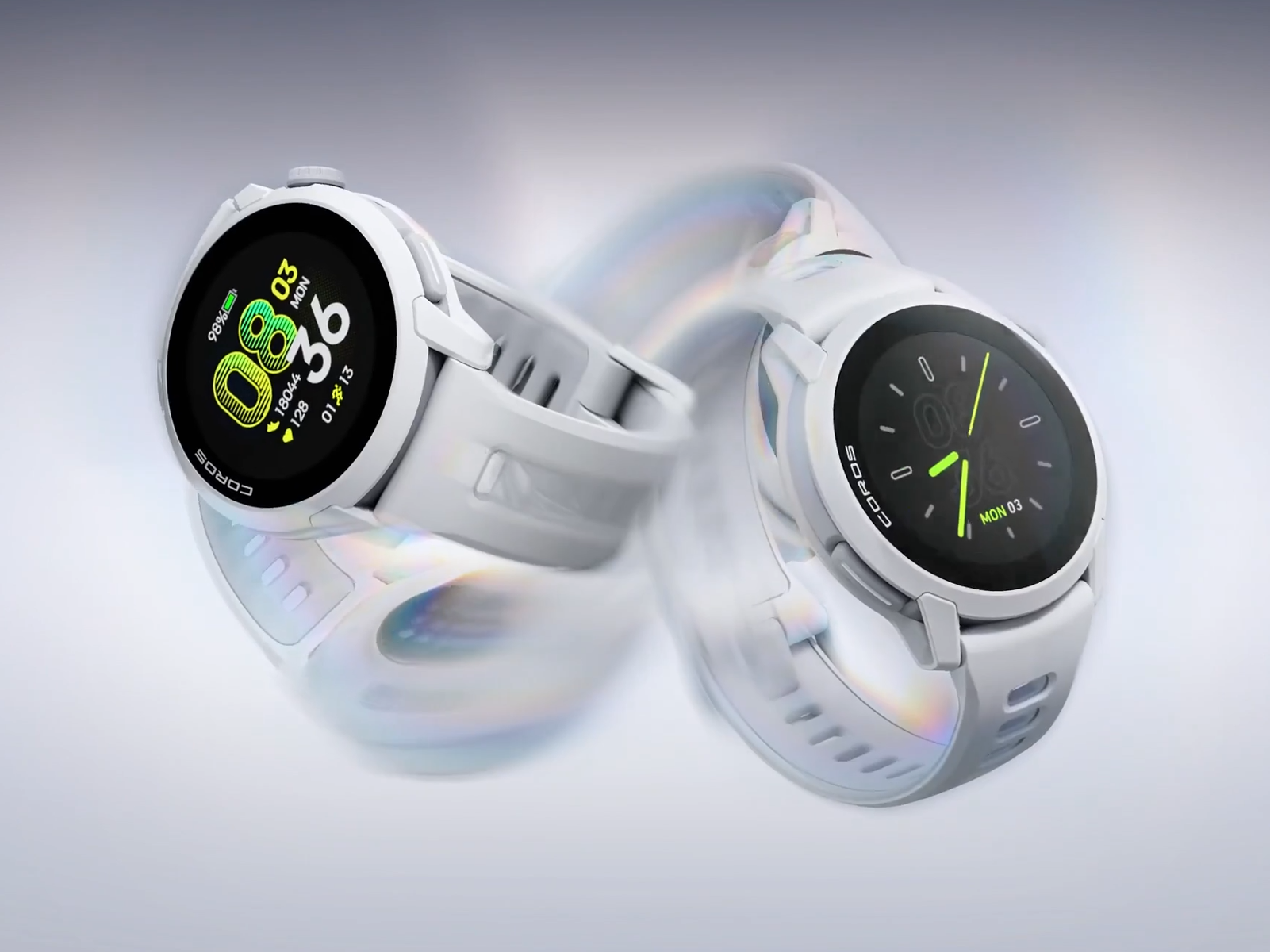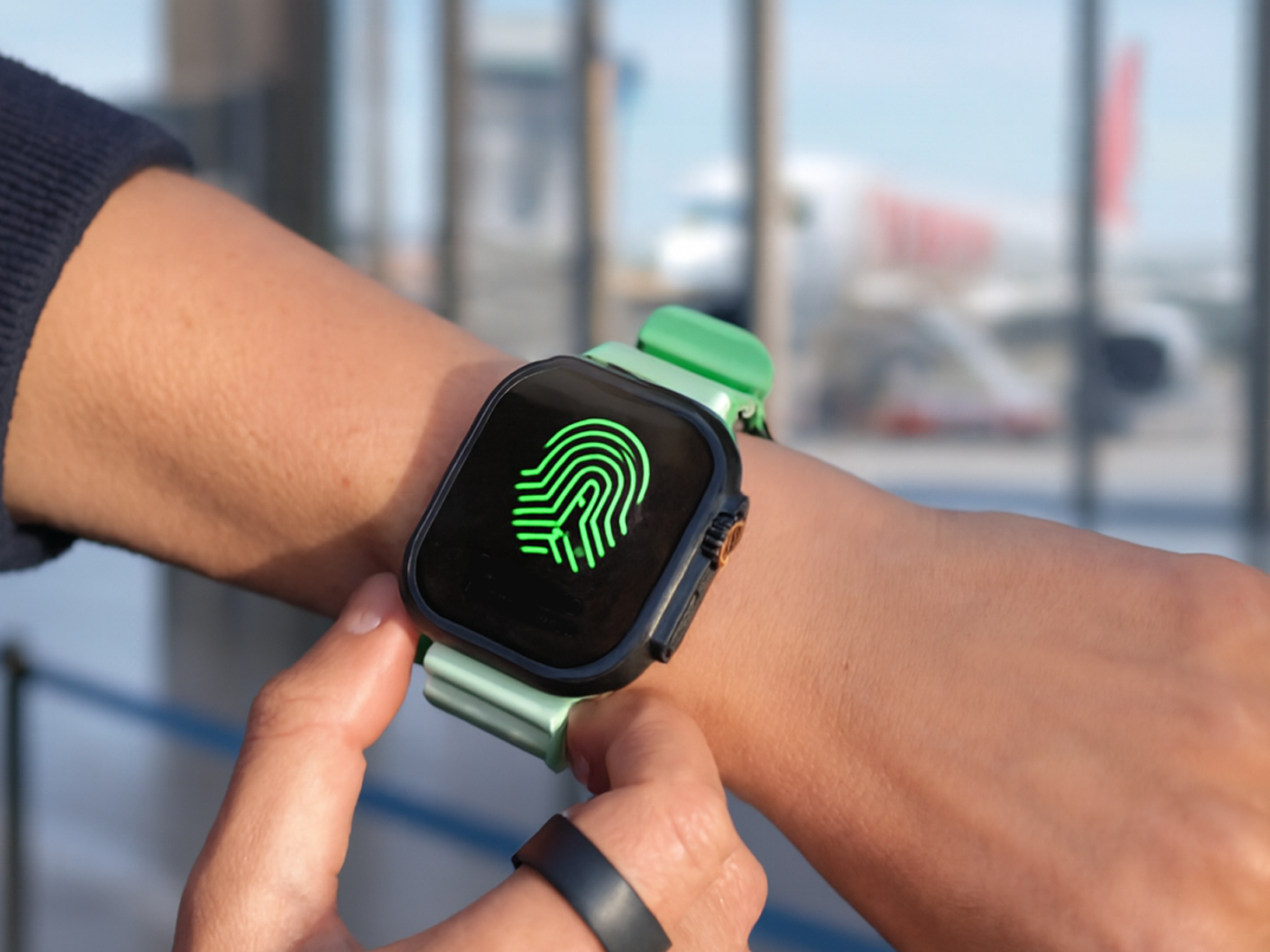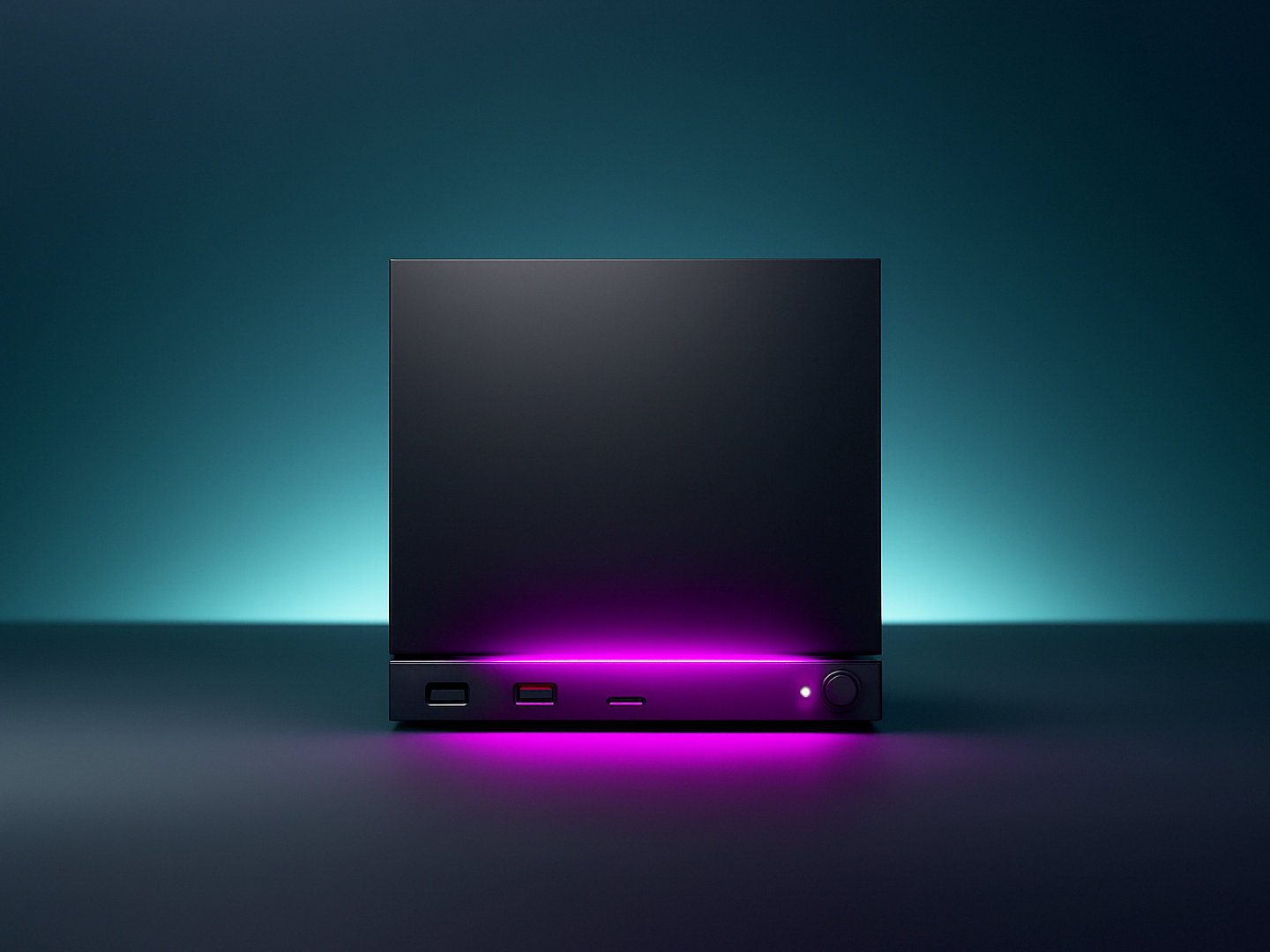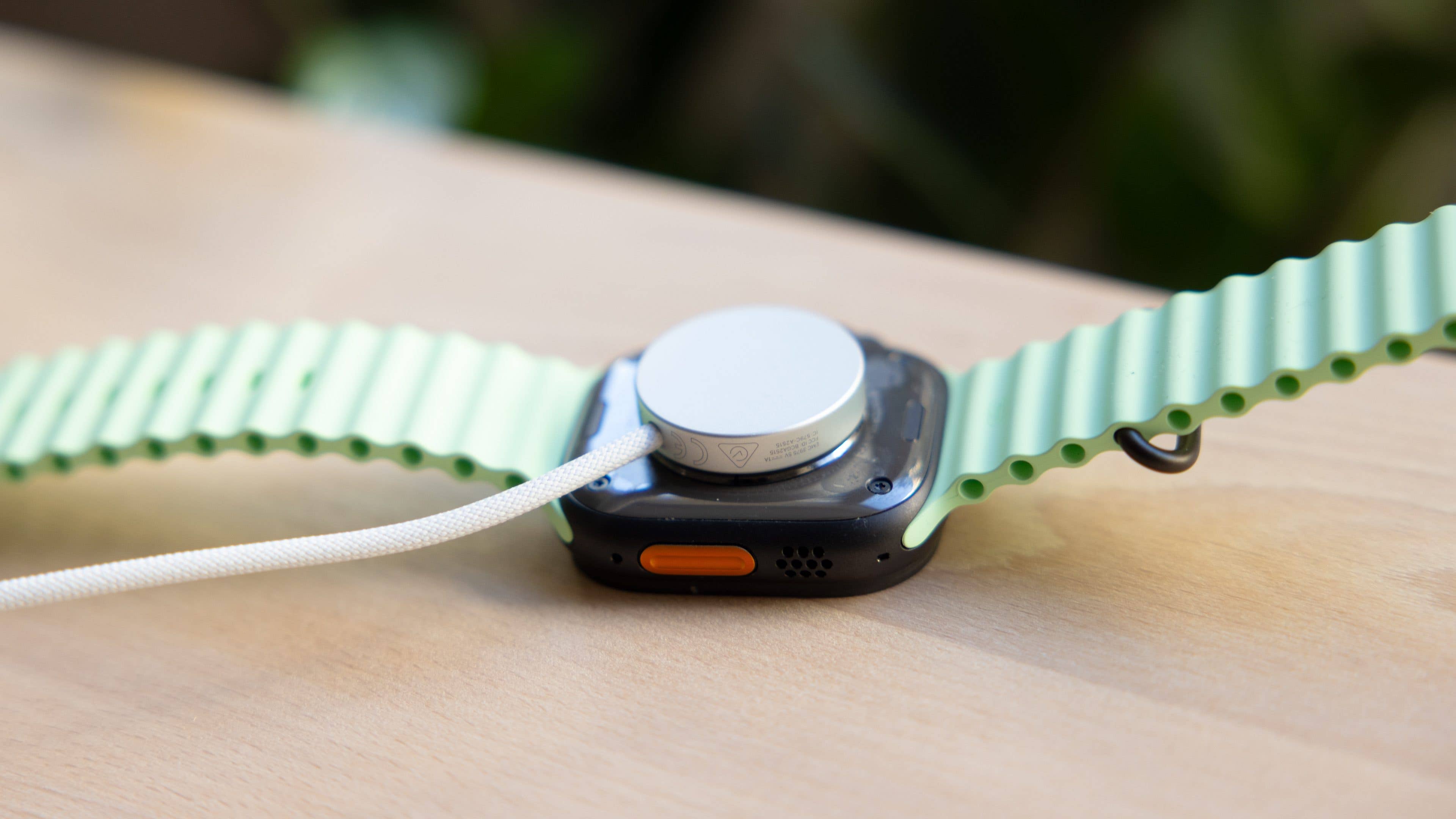
In 2025 so far, I have tested 15 wearable devices. And I learned that it is not only about saving battery life on smartwatches and fitness trackers. Small behavior changes in how we charge them can noticeably speed up the process.
We usually focus on optimizing battery usage. We talk less about how to improve the charging experience. And as wearable battery capacities grow alongside fast-charging features, we should pay closer attention to how we power them. Here are the most effective tricks that made a real difference in my daily routine and test results.
First: Use the Correct Charging Hardware
This is the most important tip. You can follow the others, but if your charging hardware is not compatible with your smartwatch’s fast charging requirements, you will still fall short of the advertised speeds.
When testing the Apple Watch Ultra 3 battery life, I plugged it into a 30-watt MacBook adapter. Apple clearly states that fast charging requires a USB-C power adapter of 20 watts or higher, but what really matters is the supported charging profile. I assumed more wattage would automatically make it faster. It did not.
Fast charging on the Ultra 3 requires about 9 volts at 2.2 amps to reach the full 20 watts. The 30-watt MacBook adapter likely defaults to five volts at three amps, which is 15 watts. As a result, charging took much longer than Apple’s claim of zero to 100 percent in 75 minutes. I measured a full charge in 103 minutes.
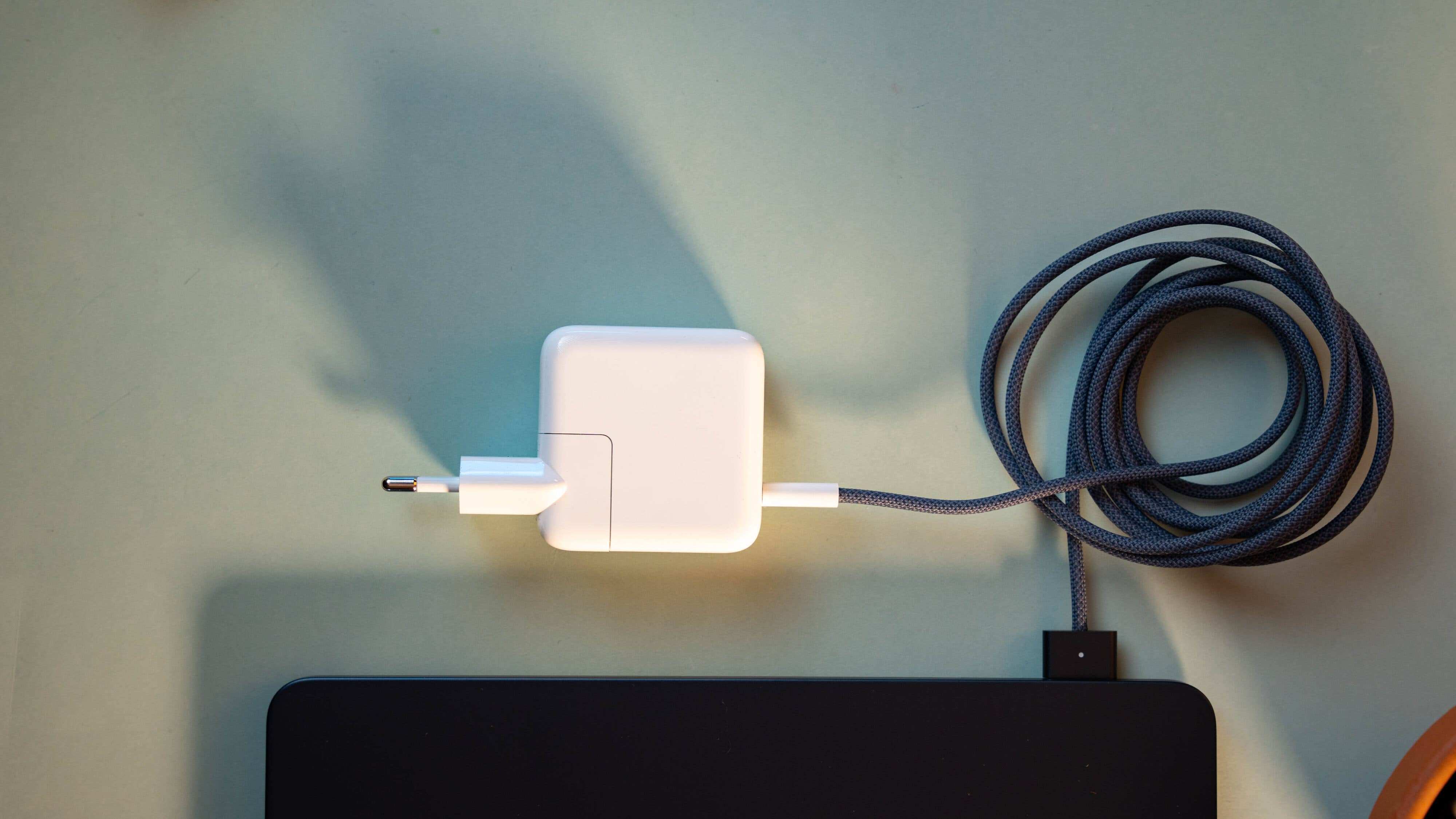
So the takeaway is simple. Check the charging specifications of your smartwatch and use hardware that supports the correct voltage and current profile or PD PPS protocol if applicable. This information is available in the product documentation or on the manufacturer’s website. Certified third-party chargers and cables will also work, but only if they match the supported requirements.
And yes, since most manufacturers removed charging bricks from the box, you may need to invest in the right one for the fastest results.
Second: Avoid Damaged or Tightly Bent Cables
Cable health matters. When a USB cable is damaged or sharply folded, electrical resistance increases, which can limit current, cause heat, and reduce the power your watch receives.
Store your cables in a way that avoids repeated stress at the connectors or along the internal wires. Rolling the cable loosely is better than folding it into sharp corners. I carry many charging accessories when testing wearables, and I learned the hard way that folding cables to fit inside tight organizers leads to microdamage over time.
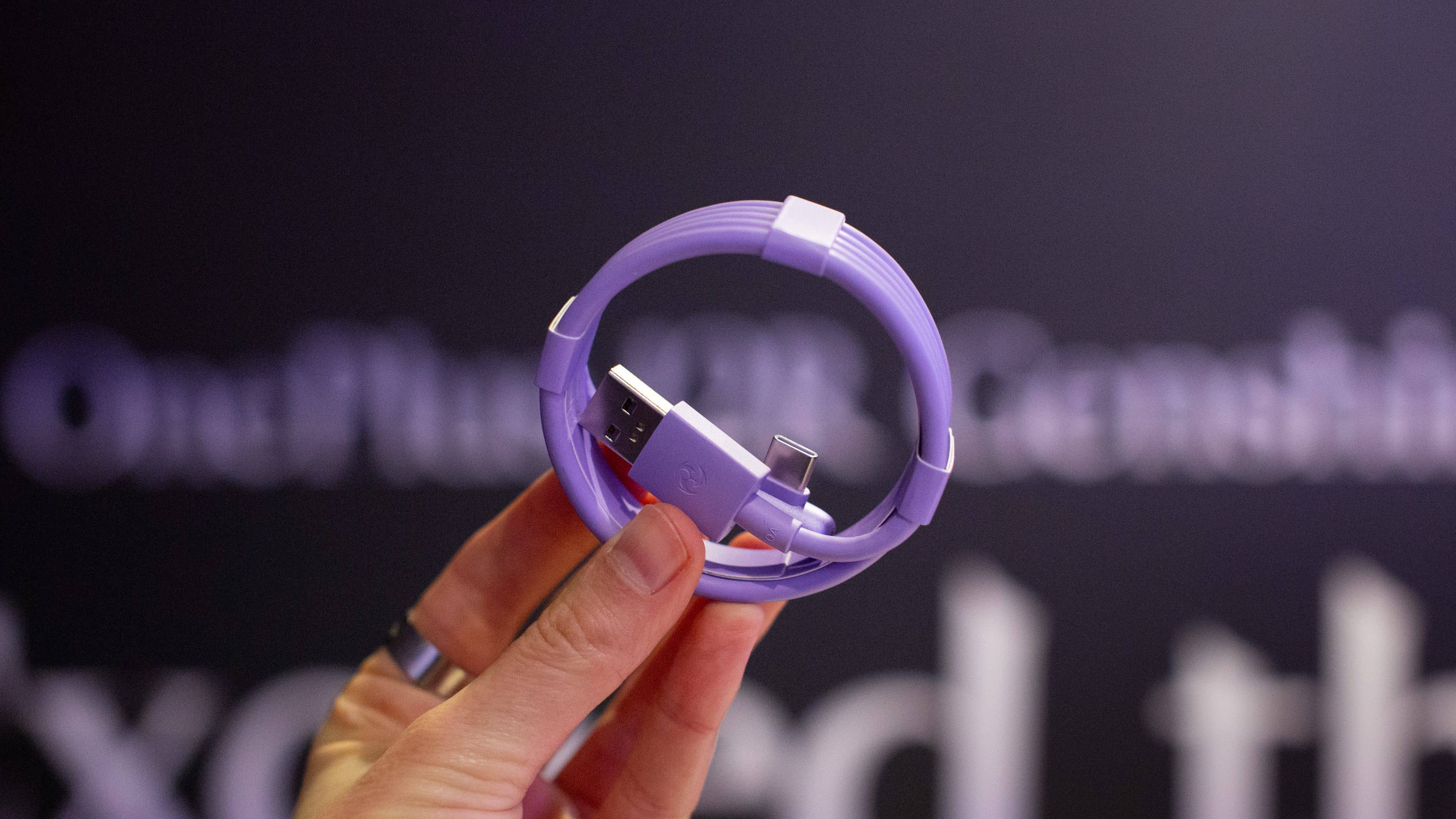
Let me put this simply: a healthy cable ensures fast charging remains consistent.
Third: Do Not Interrupt the Charging Process
This one surprised me the most. Checking the battery percentage while the watch is charging can slow the process down. When you lift the device or tap the display to see the progress, the screen wakes up and sensors draw power that would otherwise go into the battery. Even small movements of the device itself can momentarily lose perfect contact with the charging puck. Many smartwatches then re-establish the charging handshake and power delivery, which briefly disrupts fast charging. These tiny interruptions add up and can extend the total time by several minutes.
Ich bin damit einverstanden, dass externer Inhalt geladen wird. Personenbezogene Daten werden womöglich an Drittplattformen übermittelt. Nähere Informationen enthält die Datenschutzerklärung.
To demonstrate this, my colleague Holger Eichhardt used a USB-C power testing tool to measure power draw from the Apple Watch Ultra 3 and the Google Pixel Watch 4. Each time he tapped the display or even the table where the watch was resting, the charging briefly stalled or resumed at a lower current level. The data showed clear interruptions.
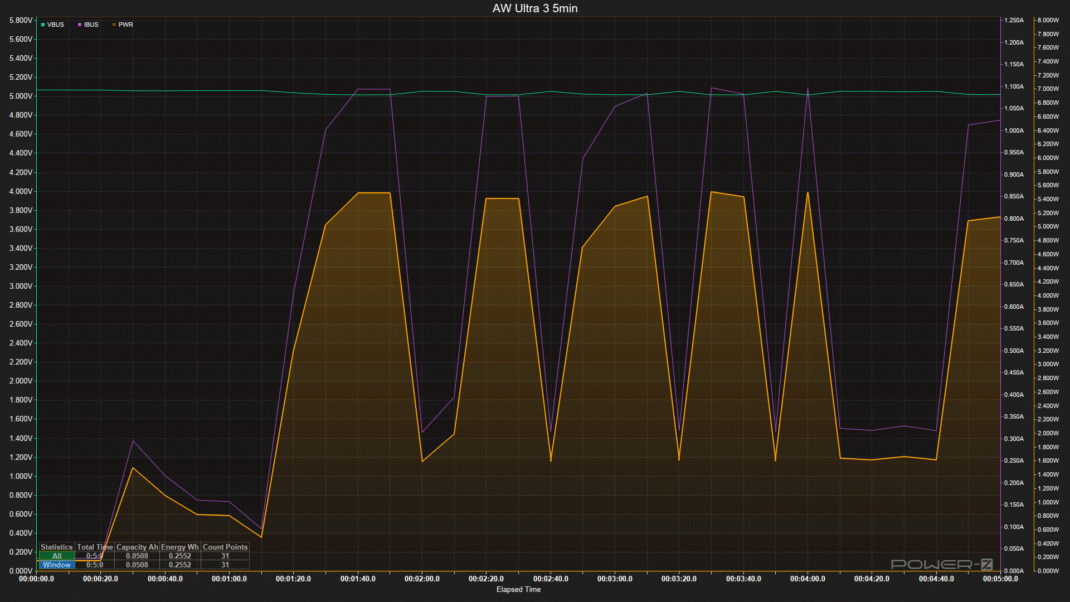
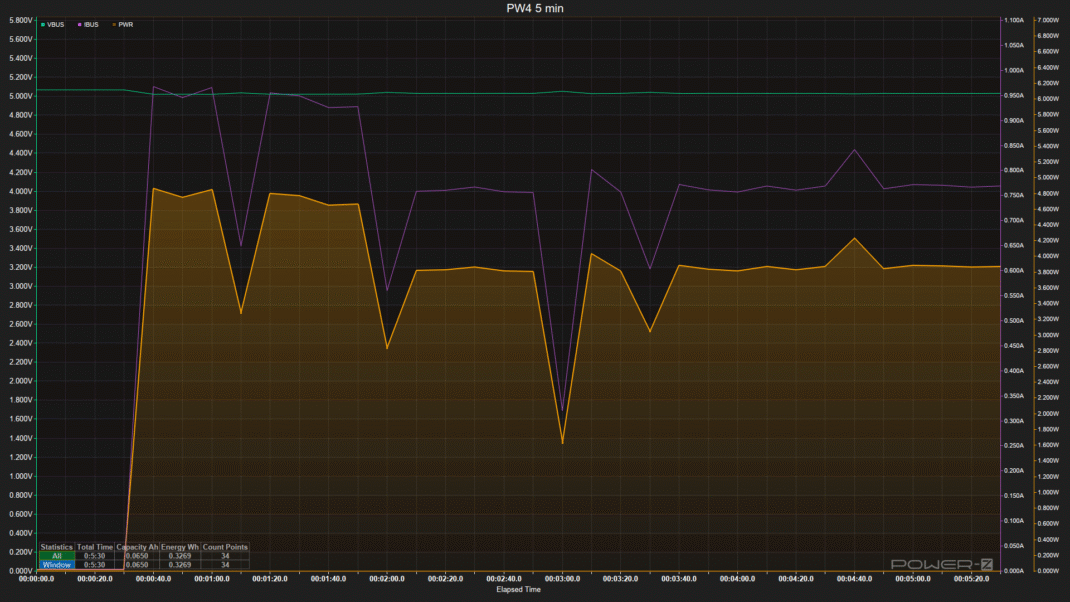
So place the watch on the charging puck and let it do its job. Most smartwatches will notify you when they reach one hundred percent. You can also check the battery level in the companion app without interacting with the watch itself.
Fourth: Ensure Good Ventilation While Charging
Heat is the enemy of lithium-ion batteries. As the battery warms up, internal resistance increases, and the system may throttle charging or stop it entirely to prevent damage. Hot environments accelerate battery aging and can even cause cell swelling in extreme cases.
Smartwatches naturally warm up during fast charging. If the room temperature is already high or the device is resting on a soft surface that traps heat, charging will slow down.
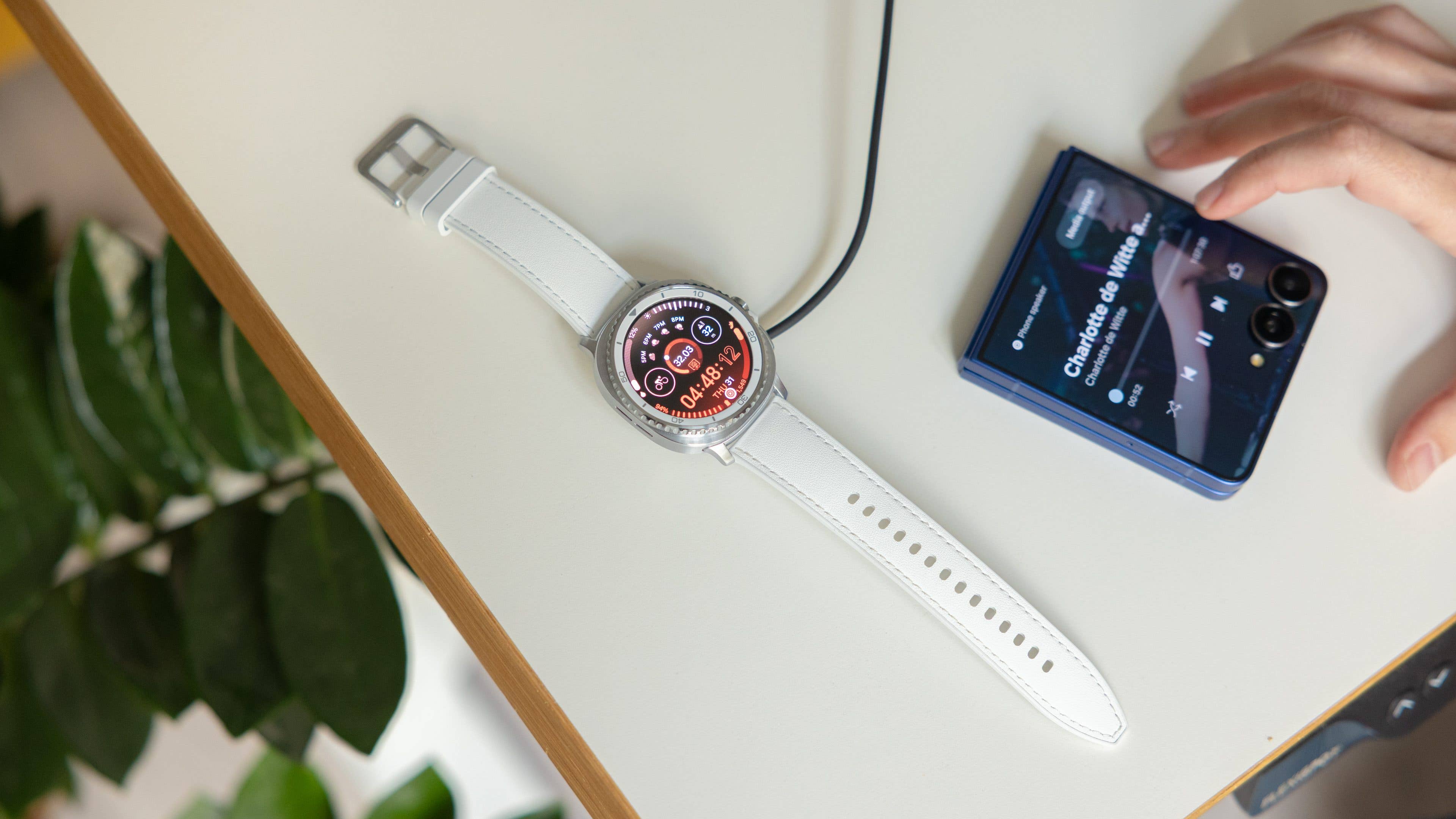
Choose a location that is cool and has airflow. Avoid direct sunlight, thick blankets, or heating sources during winter. Ideally, keep the charging environment below 30° Celsius or 86° Fahrenheit.
And definitely avoid charging immediately after heavy tasks like GPS workouts or streaming music. Let the device cool first for both safety and speed.
Final Thoughts
After applying these simple changes, I clearly noticed faster charging in my reviews and my daily routine. And because I typically test new devices, I can only imagine how much this helps older smartwatches that already struggle with battery efficiency.
I want to keep this conversation going. Share your charging habits in the comments and let me know which of these tips helped you get more out of your wearable.





